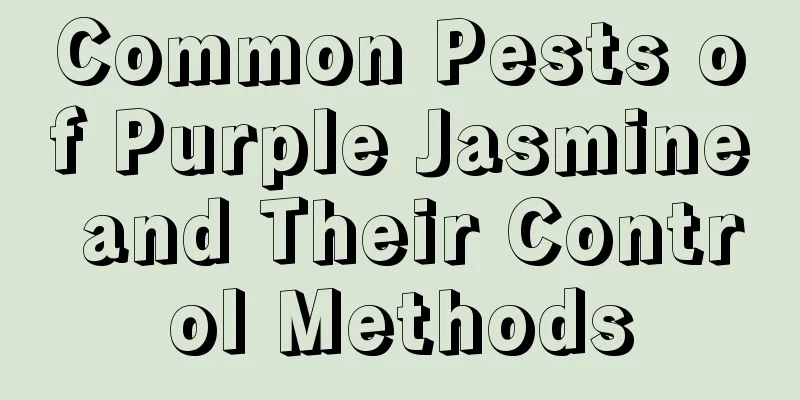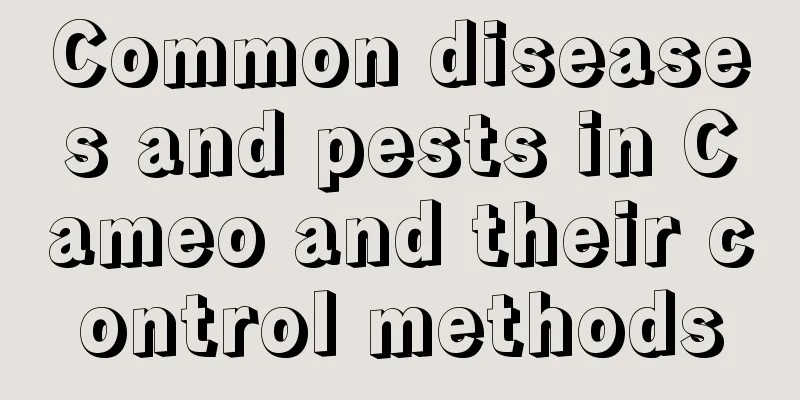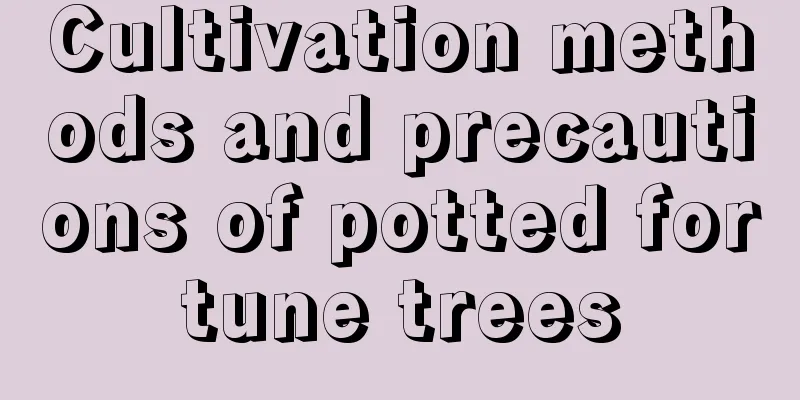Common Pests of Purple Jasmine and Their Control Methods

Common pests of purple lilies: aphidsPest symptomsAphids, also known as honey bugs and sticky insects, mostly belong to the Aphididae family of the order Homoptera. They are pests with piercing-sucking mouthparts. They often gather on leaves, tender stems, flower buds, terminal buds and other parts, sucking sap, causing the leaves to shrink, curl, and become deformed. In severe cases, they cause the branches and leaves to wither or even the death of the entire plant. The honeydew secreted by aphids can also induce sooty mold disease, viral diseases and attract damage from ants. Aphid control methodsKill aphids with laundry detergent: Laundry detergent has a contact killing effect on aphids. Use a brush dipped in a 1:500 ratio solution of laundry detergent and water to scrub the aphids on the branches and leaves of flowers. You can also use a small sprayer to spray it, which can also effectively scrub off the honeydew secreted by aphids. Regardless of whether you use laundry detergent or other pesticides to kill aphids, you must be careful that if you want to pick purple flowers for consumption in the future, you must wash them several times to ensure that there is no residue of the pesticide before eating them. Otherwise, you will spit out detergent bubbles when you speak, and your stomach and intestines will be attacked by the chemicals. Common pests of purple lilies: leafhoppersPest symptomsNymphs or adults use their mouths to suck sap, causing pale white spots to appear on the leaves. When the damage is serious, the spots appear in patchy shapes, or they may pierce the epidermis, causing the branches and leaves to wither. The harm caused by leafhoppers is not only superficial. They also often spread plant viruses, such as inducing purple lily mosaic disease and purple lily spot disease, which are very annoying. There are many types of leafhoppers. Flower lovers should pay more attention to observation during daily maintenance. After discovering the insects, they should lure and kill them to prevent their reproduction in time. Prevention and treatment methodsSpray 2000 times of 2.5% cypermethrin wettable powder, or 800 times of 90% trichlorfon solution, or 1000 times of 50% cypermethrin emulsifiable concentrate. |
<<: Pests and control methods of Eustoma
>>: Common pests of white clover and their control methods
Recommend
Is it profitable to grow Gastrodia elata? How much is the profit?
Is it profitable to grow Gastrodia elata? Plantin...
Clivia and green radish root rot, the method is very simple
Clivia root rot 1. Turn the Clivia upside down fr...
The guy grew succulents into a bouquet, with 30 flower heads on one plant, and the price increased 200 times!
Jade butterfly bouquet The jade butterfly is well...
Pest control of cherry trees,
Control of Cherry Aphids Tumor aphids are what we...
What to do if wintersweet root rots
1. Prevention methods 1. Water appropriately Reas...
What to do if the hibiscus doesn't bloom
Choice of pot and soil Choose a suitable pot to p...
How to water orchids
Tips for watering orchids Generally speaking, it ...
What is the best soil for potted peony and how to prepare the soil
1. What kind of soil is good? It likes loose, dee...
How to propagate dragon blood tree
Layering propagation Conditions for layering prop...
Cultivation methods and precautions of dwarf palm bamboo
1. Soil The growth of dwarf palm bamboo has high ...
Things to note when using Bacillus thuringiensis
Bacillus thuringiensis, also known as Bacillus th...
How to grow pearl bush well
Timely division Pearl bush has the characteristic...
What causes orange tree leaves to turn yellow and how to treat it?
There are many people who grow citrus fruits . If...
How to grow fruit blue
1. Environment 1. Soil: Fruit blue is not very de...
When is Northeast garlic harvested? What month is the harvest season?
Northeast Garlic Harvest Time The harvest time of...









